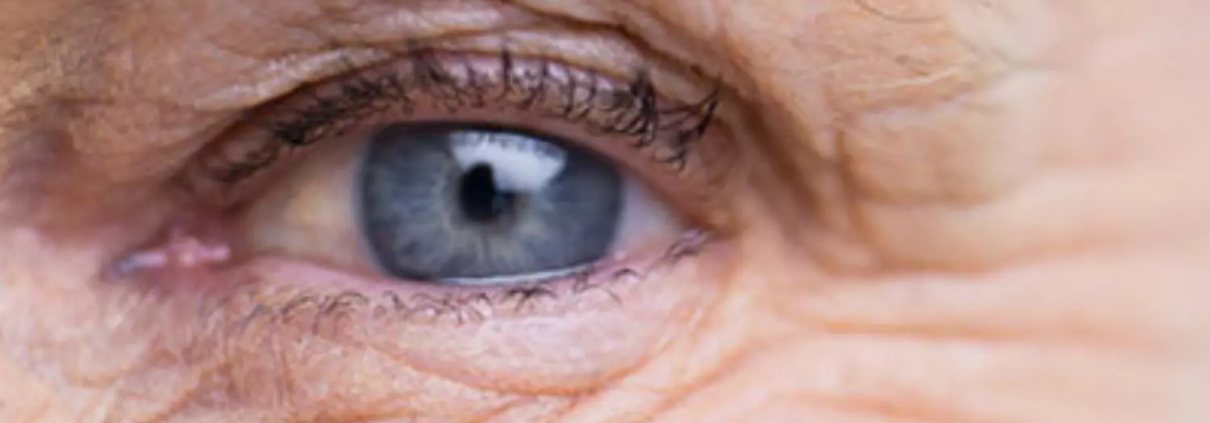Faricimab reduces fluid in Neovascular Age-Related Macular Degeneration eyes

Age-related macular degeneration (ARMD) is the leading cause
of severe vision loss in the developed world for people over 55 years old.
Anti-vascular endothelial growth factor (anti-VEGF) therapies for macular
neovascularization have been pivotal in decreasing the number of individuals
visually impaired by neovascular age-related macular degeneration (nARMD).
Faricimab is a novel antibody for the treatment of nARMD that aims to
neutralize not only VEGF-A but also Angiopoietin-2 (Ang-2), thus targeting two
distinct pathways involved in nARMD pathogenesis. Faricimab was initially shown
to be non-inferior to aflibercept in terms of change in best corrected visual
acuity (BCVA) at one year for treatment-naïve individuals. Many patients were
also able to achieve long dosing intervals of 12 or 16 weeks on faricimab.
This study aimed to collect functional and optical coherence
tomography (OCT)-based morphological observations after faricimab treatment in
a particular subset of eyes that showed persistent subretinal and/or
intraretinal fluid despite previous treatment with at least two other anti-VEGF
agents. Authors hypothesized that eyes refractory to treatment with multiple
prior anti-VEGF agents may still be able to respond anatomically and/or
functionally to faricimab injections based on the novel mechanistic nature of
the antibody.
Retrospective chart review was conducted on eyes with nARMD
with persistent subretinal and/or intraretinal fluid despite previously
receiving ≥15 injections with ≥2 different anti-VEGF agents. Best corrected
visual acuity (BCVA) and optical coherence tomography (OCT) parameters were
collected at baseline, initial post-injection visit, and most recent visit with
OCT following last faricimab.
Nineteen eyes were included. Average logMAR BCVA was 0.47 ±
0.60 at baseline, 0.42 ± 0.47 at initial follow-up (p=0.38), and 0.51 ± 0.63 at
final visit (p = 0.50). Average central subfield thickness (CST) was 310 ± 92
μm at baseline, 279 ± 88 μm at initial follow-up (p = 0.001), and 274 ± 100 μm
at last visit (p < 0.001). 9 eyes (47%) achieved resolution of fluid at both
initial and final follow-up visits.
While many eyes with nARMD respond favorably to initial
anti-VEGF therapies, there is a significant subset of eyes that show persistent
signs of disease activity with non-resolving macular edema despite several
routine anti-VEGF treatments and thus may have worse visual outcomes. For this
subset of patients, switching anti-VEGF agents is often a consideration.
Authors hypothesized that faricimab may benefit eyes with previous incomplete
response or non-response to two or more traditional anti-VEGF agents due to the
novel mechanistic nature of the antibody. The results of the present study
suggest that faricimab may result in anatomic improvement in this subset of
patients without evidence of an associated functional benefit in terms of
improvement in BCVA. CST, which started at an average of 310 ± 92 μm, decreased
to 279 ± 88 μm by the initial follow-up visit, with minimal subsequent decrease
to a final average of 274 ± 100 μm at last follow-up. Additionally, 9 eyes
(47%) showed resolution of fluid at both initial follow-up and final follow-up
visits.
In a subset of eyes with nARMD that showed persistent
intraretinal and/or subretinal fluid refractory to treatment with traditional
anti-VEGF agents, faricimab resulted in anatomic improvement in terms of mildly
decreased CST and resolution of fluid in several eyes. However, there was no
significant associated change in BCVA.
Source: Qaseem et al; Clinical Ophthalmology 2024:18
3097–3102



